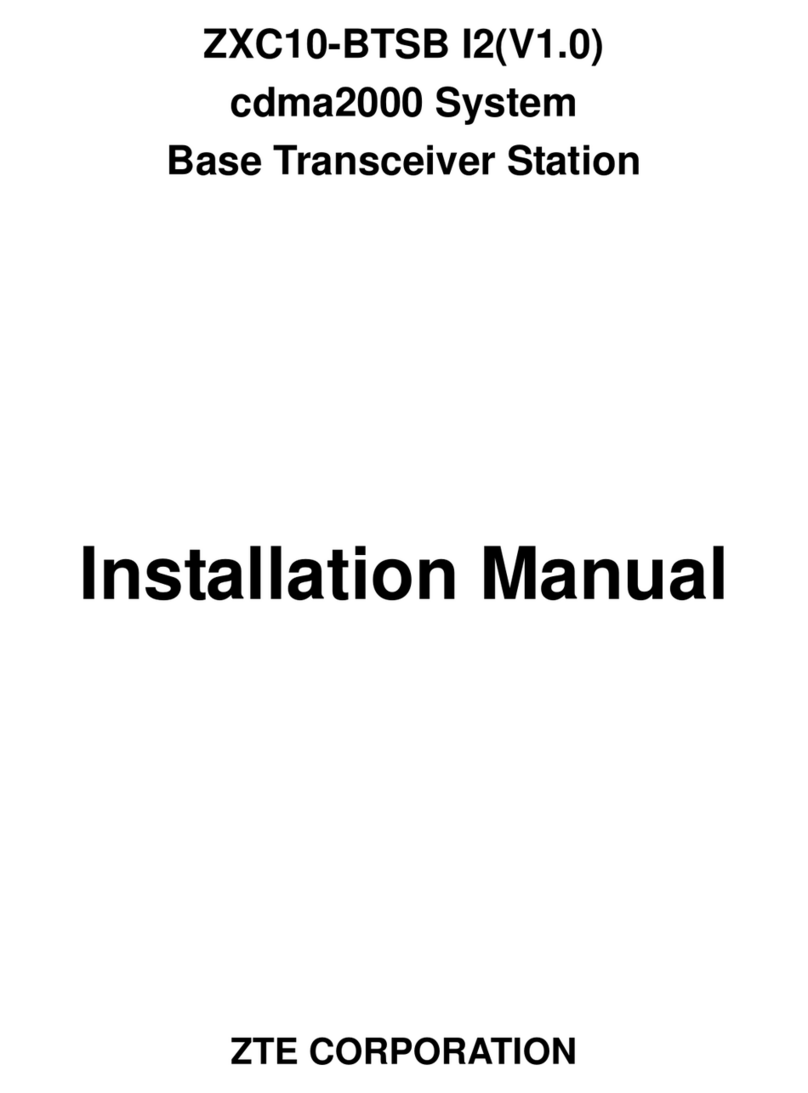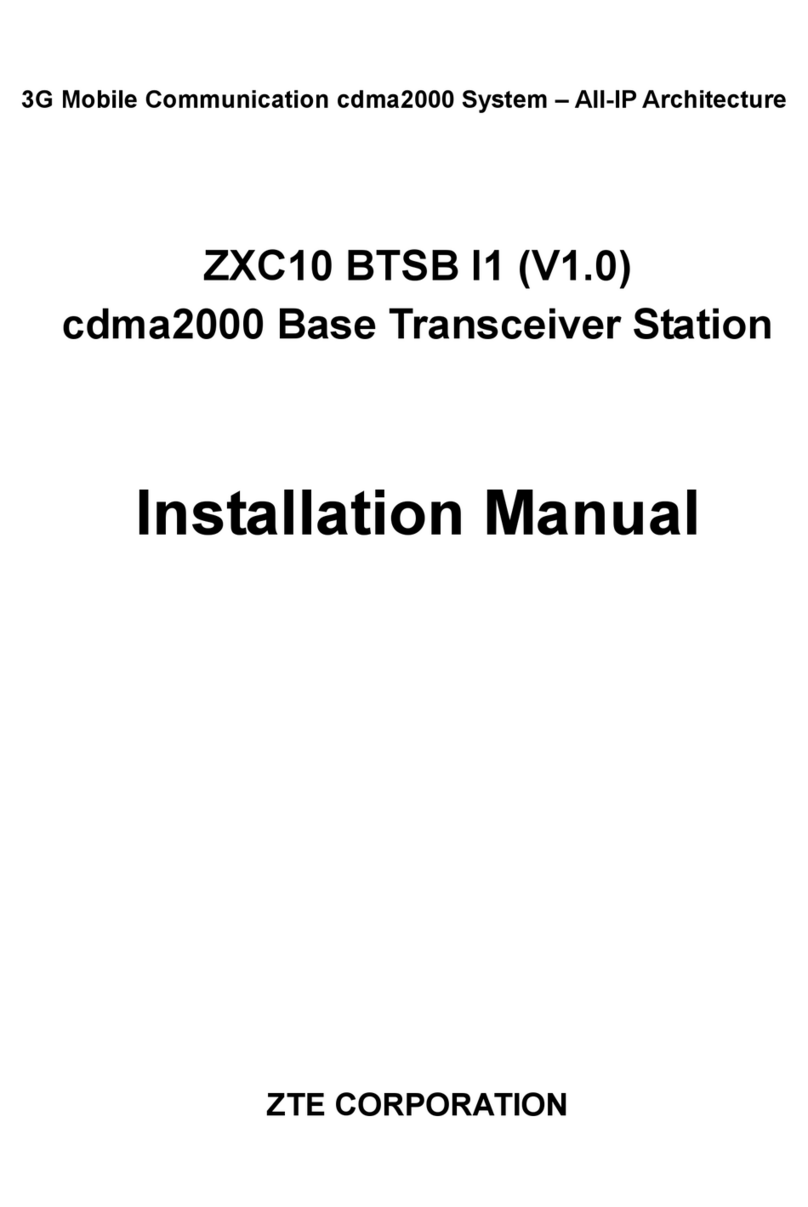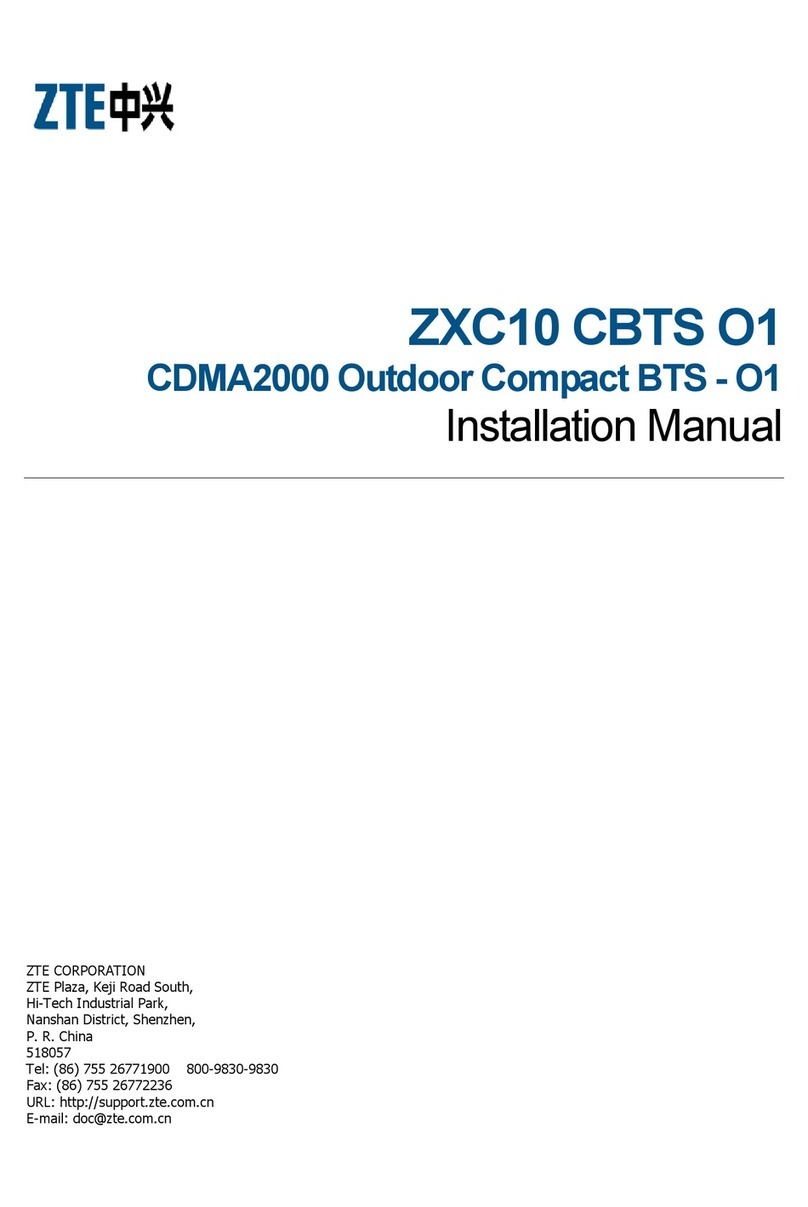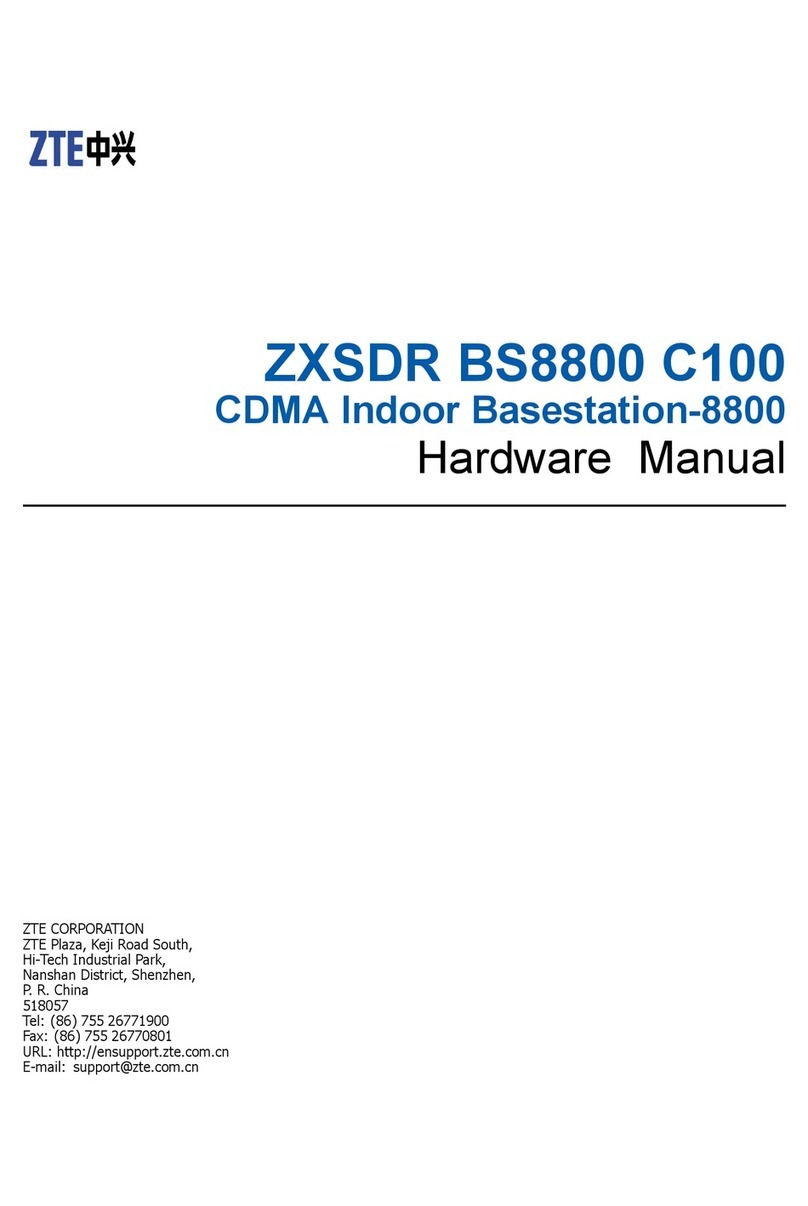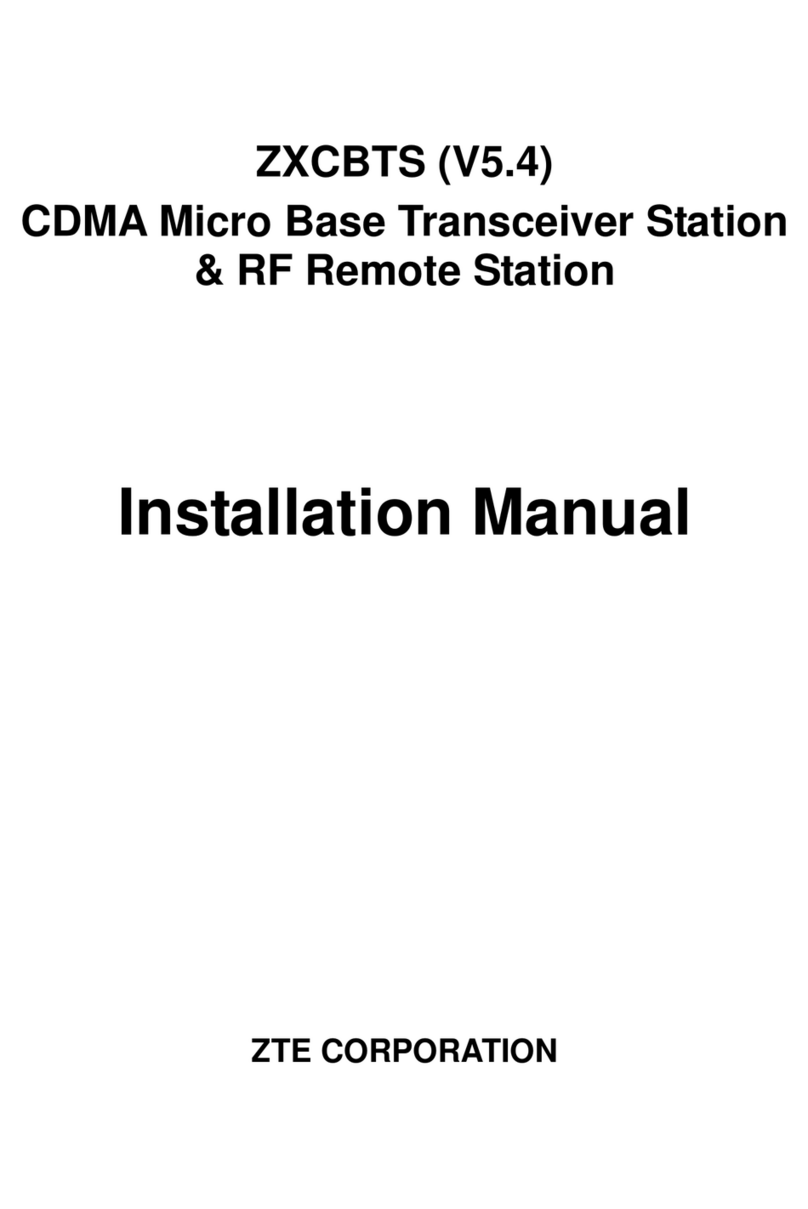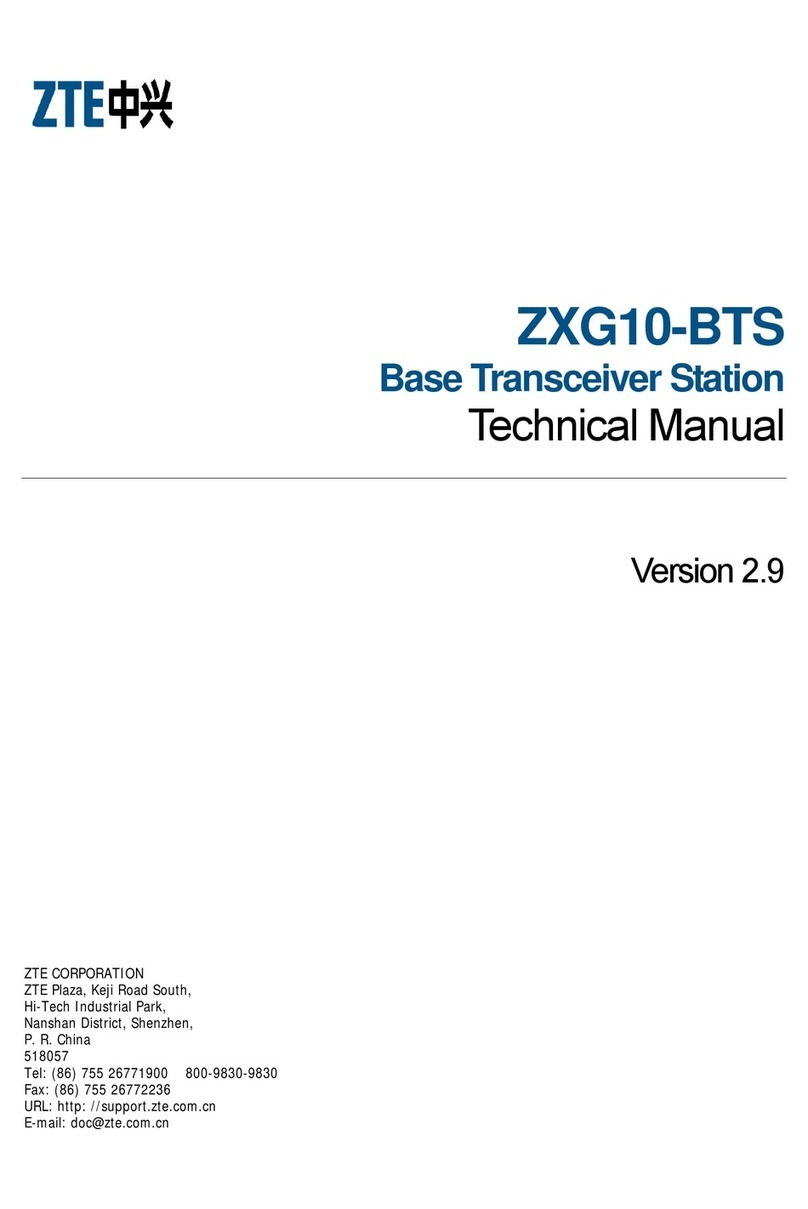3.3.4 Process initially started ............................................................................................................ 110
3.3.5 OMU clock fault ....................................................................................................................... 110
3.3.6 LAPD link disconnected ........................................................................................................... 111
3.3.7 TRU HDLC link disconnected .................................................................................................. 111
3.3.8 TRU system in the initialization status ..................................................................................... 112
3.3.9 TRU file downloadin ............................................................................................................... 112
3.3.10 TRU BCCH carrier indication ............................................................................................... 112
3.4 BIE RUNNING INFORMATION ................................................................................................................... 113
3.4.1 BIE board not powered on ........................................................................................................ 113
3.4.2 BIE pro ram out of service ...................................................................................................... 113
3.4.3 BIE HDLC link not established ................................................................................................ 113
3.4.4 BIE workin normally .............................................................................................................. 114
3.4.5 BIE in the active status ............................................................................................................. 114
3.5 EBIE RUNNING INFORMATION ................................................................................................................ 114
3.5.1 EBIE board not powered on ..................................................................................................... 114
3.5.2 EBIE pro ram out of service .................................................................................................... 115
3.5.3 EBIE 8K and E1 alarm ............................................................................................................. 115
3.5.4 EBIE HDLC link not established .............................................................................................. 115
3.5.5 EBIE workin normally ............................................................................................................ 116
3.5.6 EBIE in active status ................................................................................................................ 116
3.5.7 EBIE parameter confi uration ................................................................................................ 116
3.6 CKU RUNNING INFORMATION ................................................................................................................. 117
3.6.1 CKU board not powered on ...................................................................................................... 117
3.6.2 CKU initialization .................................................................................................................... 117
3.6.3 CKU pro ram out of service .................................................................................................... 117
3.6.4 CKU workin normally ............................................................................................................ 118
3.6.5 CKU in the active status ........................................................................................................... 118
3.6.6 CKU in the phase lock status .................................................................................................... 118
3.6.7 CKU in the locked status .......................................................................................................... 118
3.6.8 Asynchronization of the whole CKU network .......................................................................... 119
3.6.9 The CKU clock frame number abnormal ................................................................................. 119
3.6.10 CKU HDLC link not established ............................................................................................ 119
3.6.11 The CKU 8K clock abnormal ................................................................................................. 120
3.7 EAM RUNNING INFORMATION ................................................................................................................ 120
3.7.1 EAM board not powered on ..................................................................................................... 120
3.7.2 EAM initialization .................................................................................................................... 120
3.7.3 EAM workin normally ............................................................................................................ 121






